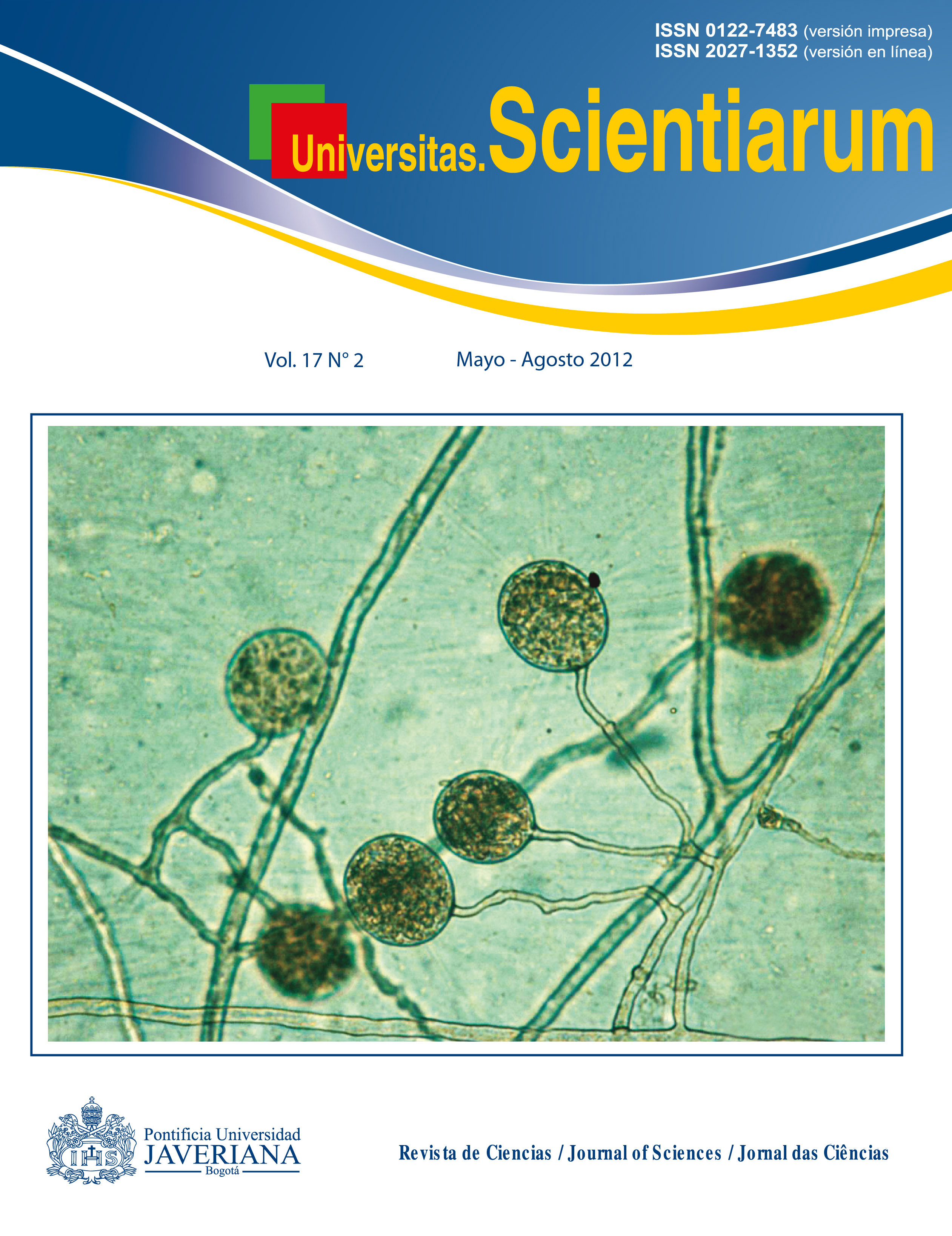Abstract
Objective. To determine the prevalence of Helicobacter pylori resistance to and the possible mutations that generate this worldwide resistance. Materials and methods. A systematic search for literature was performed in the databases Medline, Science Direct (Elsevier), Ovid, PubMed, Lilacsand MedicLatina using relevant key words. Data extraction was independent and checklists were prepared to assess the methodological
quality of the studies. Analysis of information was done with RevMan 5®. Results. We found Helicobacter pylori resistance prevalence rates of 1% for North America, 8% for Central and South America, 5% for Asia, and 2% for Europe. The mutation associated to this resistance is in the 16S rDNA gene at nucleotide position 967TTC to AGA965 responsible of high resistance to tetracycline. Conclusions. Antibiotic resistance is one of the causes most associated to treatment failure in the eradication of Helicobacter pylori, as well as poor adherence to treatment and indiscriminate use of antibiotics. We also evidenced that the rate of tetracycline resistance is higher when
it is used in a second treatment scheme. The distribution of resistance is variable in different areas and it is important to know these resistances to avoid treatment failures.
Key words: Helicobacter pylori, tetracycline, resistance, mutation, treatment, epidemiology, 16S rRNA.
Univ. Sci. is registered under a Creative Commons Attribution 4.0 International Public License. Thus, this work may be reproduced, distributed, and publicly shared in digital format, as long as the names of the authors and Pontificia Universidad Javeriana are acknowledged. Others are allowed to quote, adapt, transform, auto-archive, republish, and create based on this material, for any purpose (even commercial ones), provided the authorship is duly acknowledged, a link to the original work is provided, and it is specified if changes have been made. Pontificia Universidad Javeriana does not hold the rights of published works and the authors are solely responsible for the contents of their works; they keep the moral, intellectual, privacy, and publicity rights. Approving the intervention of the work (review, copy-editing, translation, layout) and the following outreach, are granted through an use license and not through an assignment of rights. This means the journal and Pontificia Universidad Javeriana cannot be held responsible for any ethical malpractice by the authors. As a consequence of the protection granted by the use license, the journal is not required to publish recantations or modify information already published, unless the errata stems from the editorial management process. Publishing contents in this journal does not generate royalties for contributors.



